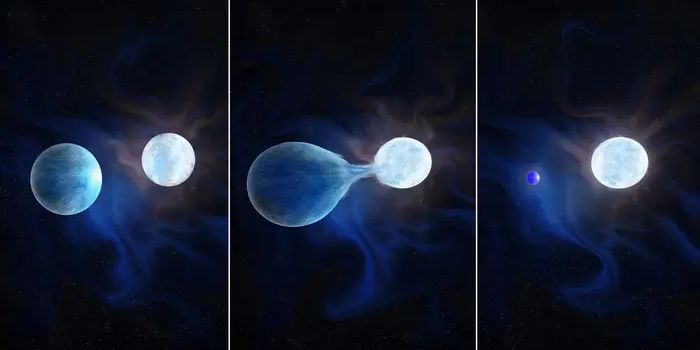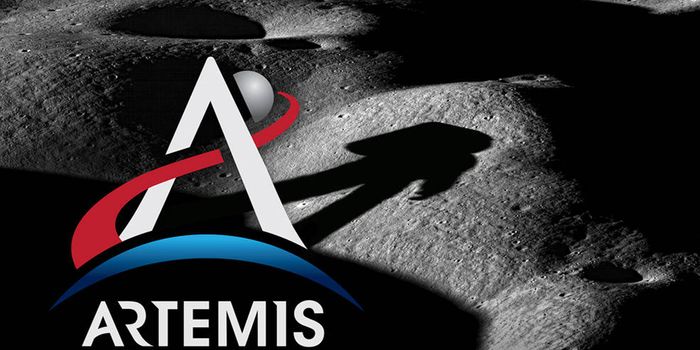Will the X3 Ion Thruster Revolutionize Space Travel?
Chemical burn rockets can produce a lot of thrust, but only for a short period; this makes them ideal for lofting space vehicles out of Earth’s atmosphere and into outer space, but once they’ve reached space, that’s where their benefits quickly begin to fade.
In outer space, rockets don’t need that much thrust; instead, they need longevity. Space is nearly frictionless, which means even the slightest bit of push can multiply exponentially with time. Ion thrusters are a type of technology that fits these criteria because they can generate small amounts of thrust for long periods.
While ion propulsion thrusters have been used on satellites for years, they aren’t powerful enough to deliver crewed missions to other worlds, such as Mars. NASA and other organizations are working closely to shatter these constraints. By multiplying capabilities, they hope to develop a more powerful ion thruster capable of interplanetary trips.
The X3 ion thruster is one of such developments. While it’s far from space-worthy, NASA is currently testing the 500-pound device at the Glenn Research Facility. It already set three records in 2018, including highest power level for a Hall thruster, the highest level of thrust produced by any Hall thruster, and the highest amount of current passed through a Hall thruster.
NASA likely wants to take things a step further before using something like the X3 for crewed missions to Mars, but the X3 could one day see testing in outer space as the space agency moves forward with future projects, such as a Moon-orbiting space lab to replace the aging International Space Station.
It should be interesting indeed to see how ion thrusters impact the future of space travel.
-
MAY 07, 2024Is It Anti-RNP or Anti-Sm/RNP?
-
MAY 08, 2024Expand your Multiomic Capabilities with RNAscope™
- See More
-
MAY 07, 20243rd International Biosecurity Virtual Symposium
-
MAY 23, 2024For the Love of Digital PCR 2024
-
JUN 06, 2024The Future of Scientific Conferencing
- See More



















































